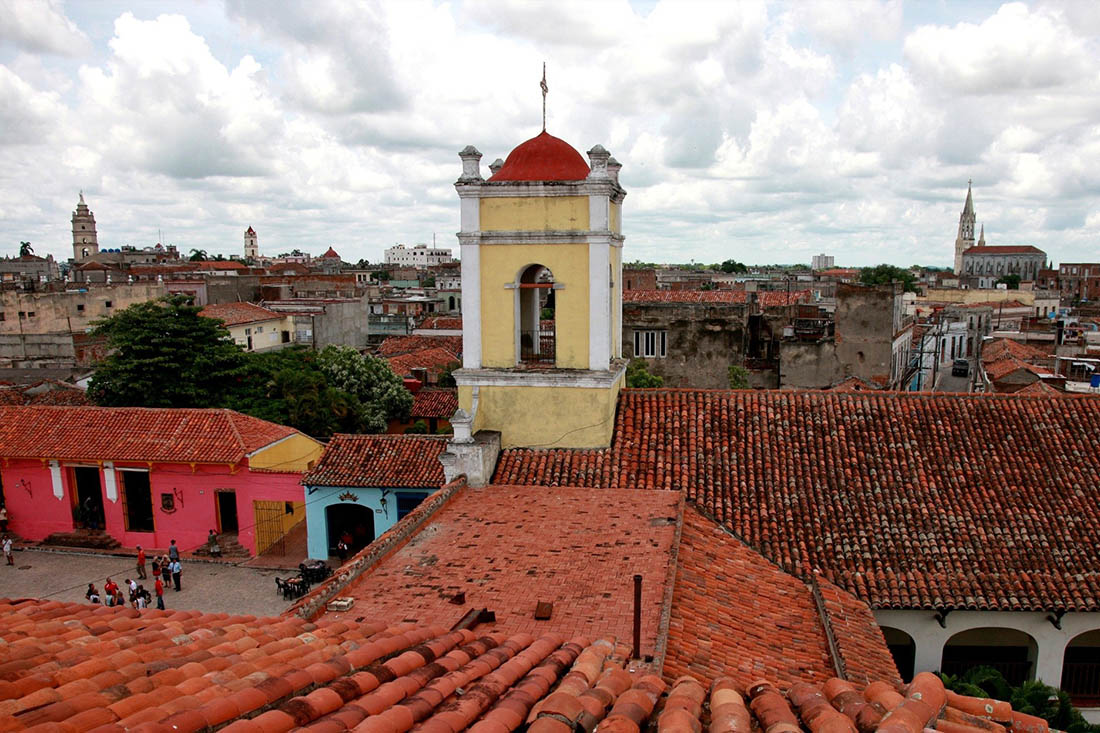By: Marisabel Almeida Torrens
Within the process of managing relevant views in heritage cities, the methods of visual analysis of the landscape that seek to protect the views towards certain iconic constructions stand out; from limiting, through control mechanisms, the visual impact of the tall buildings to be built in their surroundings.
This methodological practice responds, fundamentally, to the European and North American models. Especially recognized are the cases of London (Greater London Authority, 2012) and Ottawa (National Capital Commission et al., 2007).
From this practice, the methodical procedures for determining the relevant views, the advanced digital analysis techniques such as 3D digital models of cities, the visual evaluation of views to measure the impact of a possible building, the use of a geographic information system (GIS) to determine protection zones in which building height restriction mechanisms are applied, which are later incorporated into planning instruments at higher scales.
Although among the limitations we can mention the biased, very specific approach of said management with a monumental heritage perspective -predominantly formal- in which height control mechanisms are weighted over other important aspects, often neglected, such as scale, the rhythm, the harmony, the sense of place, which limits the results to be obtained.
Another aspect to understand the visual landscape as a line of work lies in the orientation of his studies towards the evaluation of the landscape, through aesthetic-visual, ecological, economic, functional and cultural criteria and supported by the determinations of the European Landscape Convention (Council of Europe, 2000).
These studies mark other levels of research related to the analysis and classification of the landscape, as well as its subdivision into landscape units at different scales as a basis for improving visual quality, both for exceptional views and for daily and degraded views and they use variables such as value, visual quality and visual fragility of the landscape and landscape conflicts, to propose measures and actions for its management, supported by GIS (Estévez, Garmendía & García, 2012).
They use landscape catalogs as useful tools to inventory, record, document and propose measures and actions that serve as the basis for their management. Relevant cases are the territorial planning plan for the historic city of Segovia, from 2005, the study for the protection of the Rhaetian Railway, Switzerland-Italy, and the territorial action plan for the protection of the Huerta de Valencia (Generalitat Valenciana, 2012).
In the specific case of determining the visual quality or scenic quality of certain views, the method for developing the inventory of visual resources of the United States National Park Service, focused on the natural landscape and its management, but which it is significant to be taken into account in the development of new methodologies in valuable urban environments (Peters et al., 2018).
The visual analysis and assessment of the landscape involves three key aspects: what can be seen from an observation point, the choice of which will be determined by the area to be observed, the existence of potential observers and the subsequent interpretation of what is observed by the observers. “This means that the visual quality of the landscape is appreciated and recognized in a different way depending on the profile of each observer” (Estévez, Garmendia and García, 2012).
Therefore, when the visual quality of the landscape is understood as “its degree of excellence, its merit not to be altered or destroyed or otherwise, its merit so that its essence and its current structure are preserved” (Blanco, 1979 cited in Montoya et al. 2003), is understood as one of the variables that influence the assessment of the landscape and its relevant views. In addition, it allows evaluating and understanding the landscape in a more complete and holistic way, it allows knowing its characteristics through a set of indicators or through the preferences of its users, according to their lived experience. A solid determination of the visual quality of the historic urban landscape allows obtaining a line of work to plan, regulate, control and monitor its changes. In addition, information is collected to develop impact evaluation studies and actions to counteract them.
Translated by: Aileen Álvarez García






